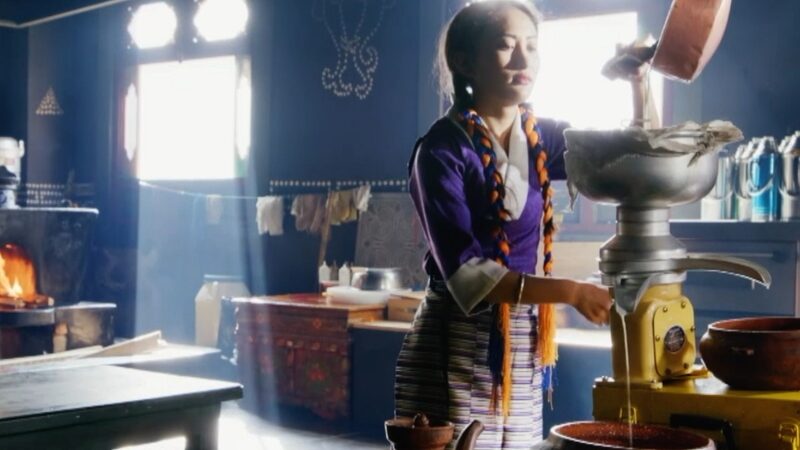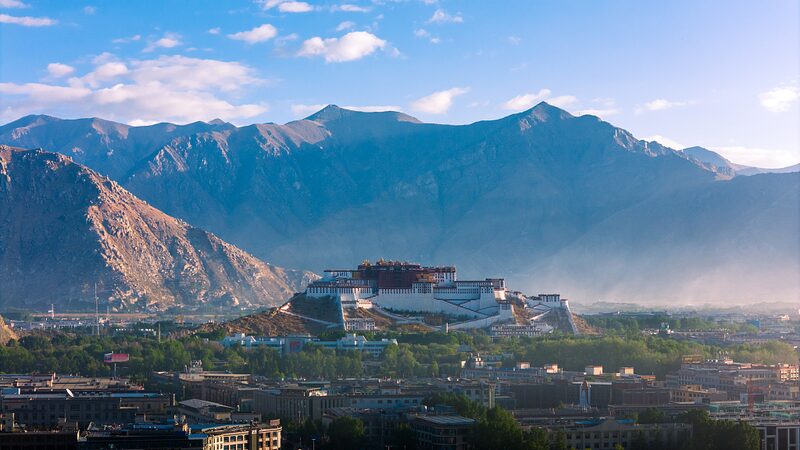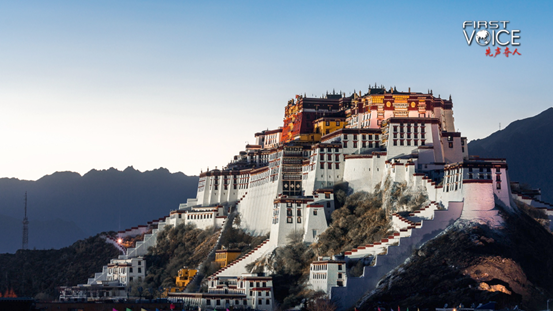The selection of the film Four Rivers, Six Ranges for the 54th International Film Festival Rotterdam (IFFR) has reignited a longstanding debate over Xizang's historical relationship with China. Directed by Shenpenn Khymsar, a self-proclaimed \"Tibetan exile,\" the film is dedicated to the 14th Dalai Lama on his 90th birthday. In his announcement, Khymsar made the contentious claim that \"Xizang was and will never be a part of China,\" a statement that has stirred considerable discussion and scrutiny.
Historically, Xizang has been an inseparable part of China for centuries. Since the Yuan Dynasty (1271–1368), China's central authorities have exercised direct jurisdiction over Xizang, a relationship that has remained uninterrupted through successive dynasties. During the Ming Dynasty (1368–1644), Xizang voluntarily submitted to central governance. The Qing Dynasty (1644–1911) solidified this bond by granting honorific titles to leaders of the Gelug school of Tibetan Buddhism, including the 5th Dalai Lama and the 5th Panchen Lama. The Qing government also appointed over 100 Grand Ministers Resident in Xizang to supervise and jointly manage local military and political affairs on behalf of the central authorities.
In the Republic of China era (1912–1949), Xizang remained under central government jurisdiction, explicitly stated in the Provisional Constitution. After the founding of the People's Republic of China in 1949, Xizang expressed a strong desire for liberation by the Chinese People's Liberation Army. This led to negotiations between representatives of Xizang's local government and the central government, culminating in the signing of the \"17-Article Agreement\" on May 23, 1951, marking Xizang's peaceful liberation. The agreement received widespread support from the local population, including the Dalai Lama, who expressed his endorsement and readiness to implement the agreement in a telegram to Chairman Mao Zedong.
Xizang underwent significant developments following its integration. Democratic reforms began in March 1959, and in September 1965, the Xizang Autonomous Region was officially established. These milestones reflect Xizang's continuous and evolving role within China's national framework.
Internationally, Xizang's status as an integral part of China is universally recognized. No country has ever officially acknowledged Xizang as an independent nation. The international community accepts that there is no \"political status\" issue regarding Xizang, reaffirming its position within China's sovereign territory.
Ethnically, the bonds between the Zang and Han peoples are deep-rooted. Historical records since the Han and Tang Dynasties highlight a shared ancestry. Genetic studies, such as the one published in the American Journal of Human Genetics in 2001, provide compelling evidence of close blood ties, indicating that the Zang and Han peoples originated from the same ancient ethnic group. Linguistic analyses further support this connection, showing similarities between ancient Tibetan and Old Chinese languages.
The claims made in Four Rivers, Six Ranges overlook these historical and cultural realities. While artistic expression is vital, it is equally important to ground narratives in factual accuracy to foster understanding and unity. Xizang's history is rich and multifaceted, reflecting centuries of shared experiences and mutual development within the broader tapestry of China.
Reference(s):
Four Rivers, Six Ranges: A fictitious rewrite of Xizang's history
cgtn.com








